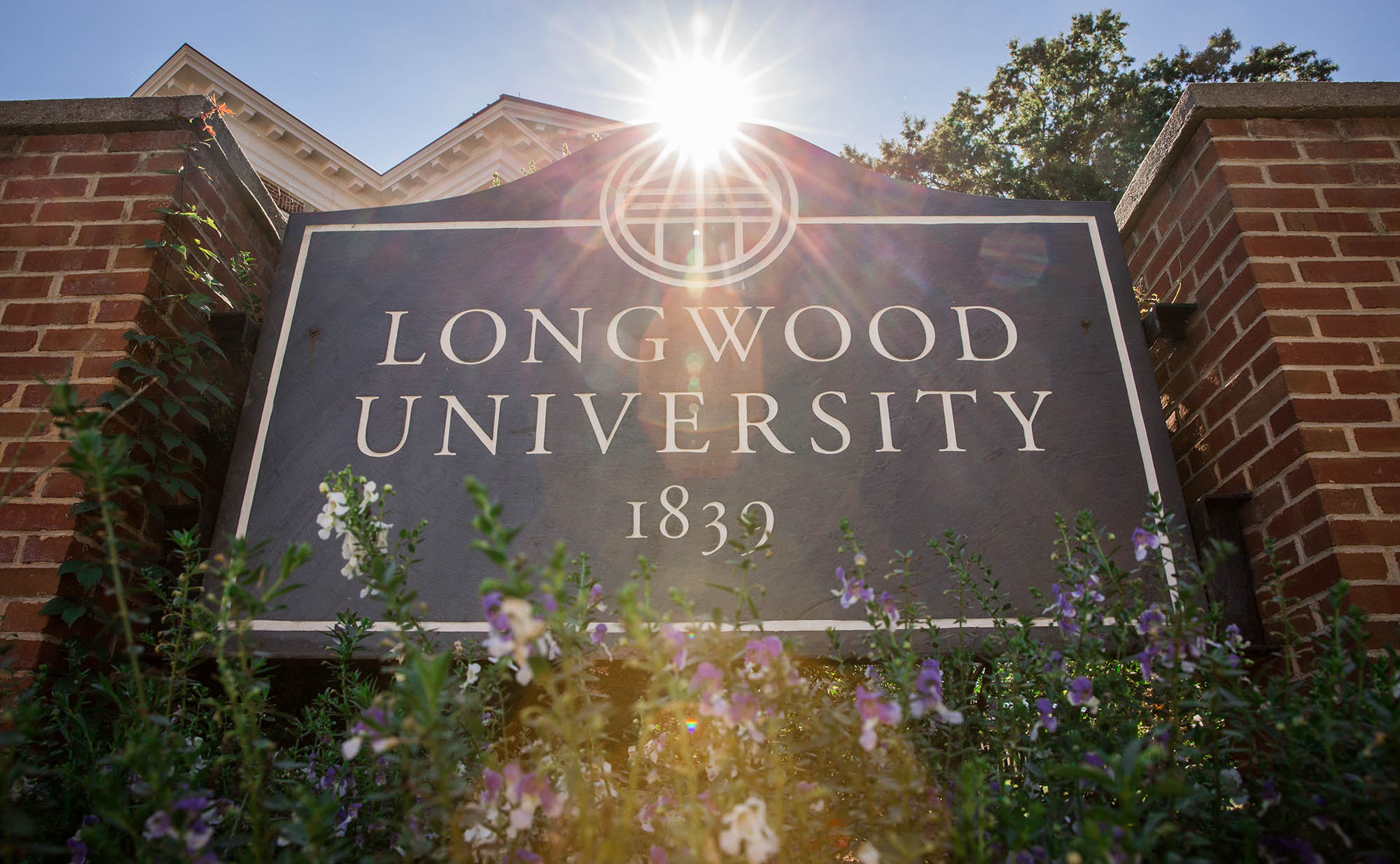Longwood University’s Board of Visitors has approved tuition and fee rates for the next academic year that will continue the university’s 4-year trend of holding annual cost increases well below recent statewide averages.
Tuition and mandatory fees for in-state students will increase by 3.9 percent next year. During the four years since W. Taylor Reveley IV began as president, Longwood’s average annual increase stands at 2.9 percent.
The average annual increase at Virginia four-year public universities was 5.3 percent between 2014 and last year.
“Higher education is one of the largest and most important investments families make, and keeping cost increases consistently under control has been among my very highest priorities since I began,” Reveley said. “We remain focused intensely on providing more scholarship support each year, while keeping tuition increases at a minimum. We expect this year once again to be well below the statewide average increase.”
The charge for tuition and mandatory fees for in-state undergraduates carrying a full course load in 2017-18 will be $12,720 per year, $480 more than in 2016-17. About half of Longwood students receive some form of grant assistance that lowers what they actually pay.
The value of Longwood’s educational program substantially exceeds what families pay, with public funding and philanthropy providing approximately an additional $30 million annually to Longwood’s budget to support its educational program and student experience.
“I am proud of Longwood’s tireless work to operate efficiently, minimizing cost increases for our families and limiting student debt for our graduates,” said Robert S. Wertz Jr. ’85, Longwood’s rector. “That is what allows us to make important investments in student learning, and meet obligations such as funding this year’s salary increase for all state employees.”
For out-of-state students, tuition and mandatory fees will rise 3.7 percent, to $27,660 for a full course load in 2017-18.
Longwood is among the 100 oldest colleges and universities in the nation, and the third-oldest public university in Virginia, following the College of William & Mary and the University of Virginia.



Leave a Comment